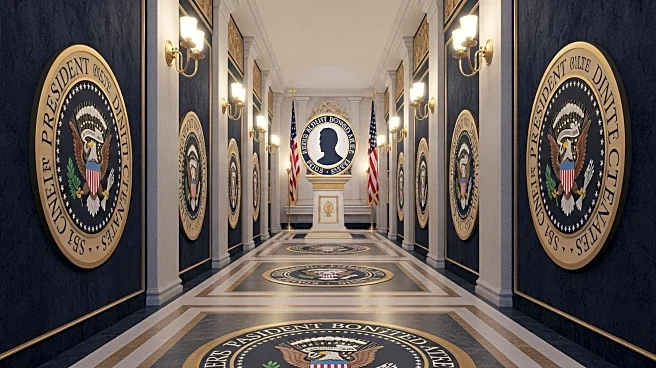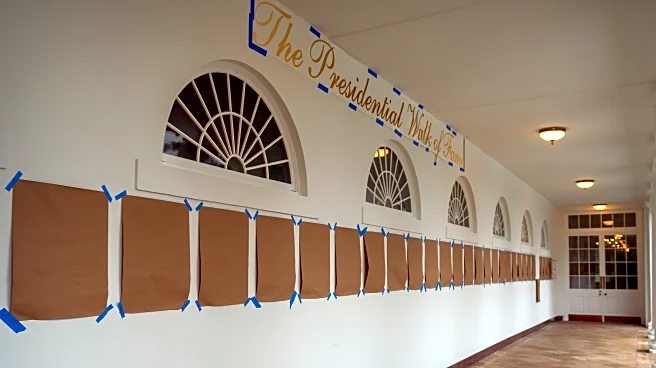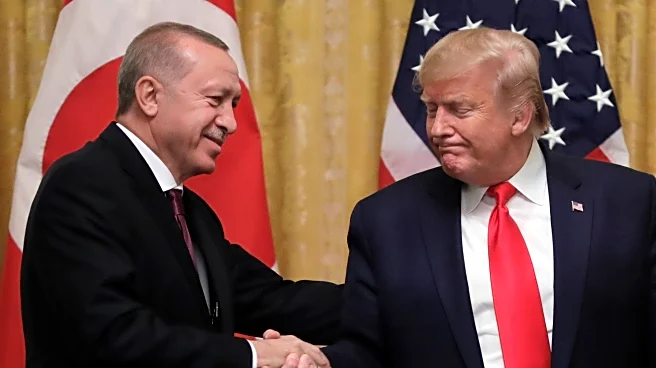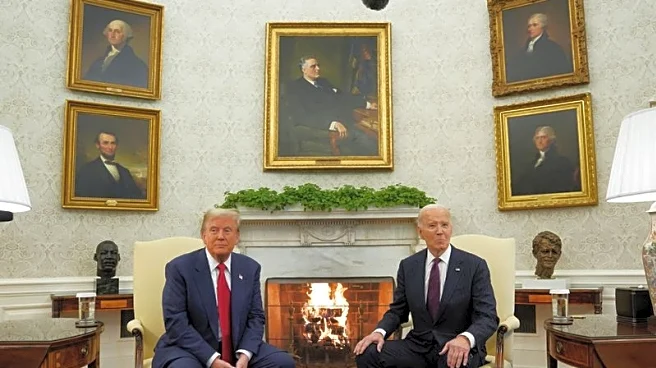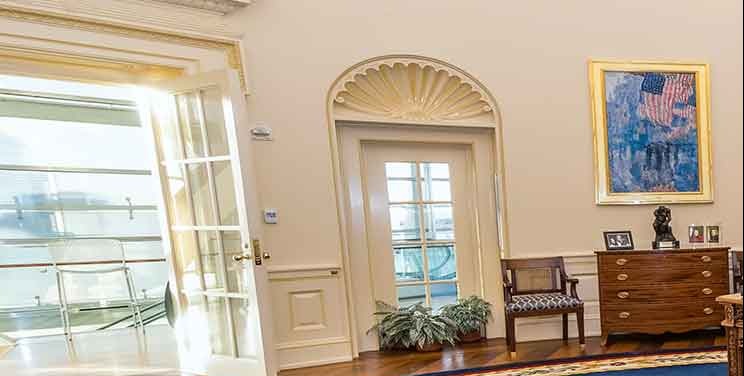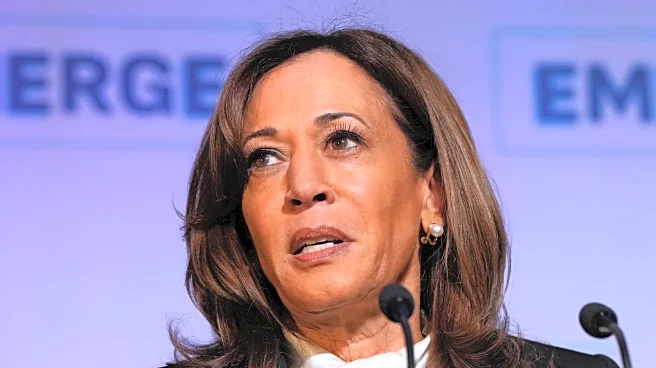What's Happening?
The White House has introduced a new 'Presidential Walk of Fame' near the Oval Office, showcasing framed portraits of former U.S. presidents. However, the portrait of President Joe Biden has been replaced with an image of an autopen signing his name. This change has drawn attention due to past claims by President Trump that Biden used an autopen to sign significant documents, including pardons. The decision to replace Biden's portrait with an autopen image has sparked discussions about the authenticity and symbolism of presidential actions.
Why It's Important?
The replacement of President Biden's portrait with an autopen image raises questions about the perception of presidential authority and authenticity. This move could influence public opinion regarding the legitimacy of Biden's actions and decisions during his presidency. It also highlights ongoing political tensions and the scrutiny faced by leaders in the digital age, where the authenticity of signatures and documents can be questioned. The controversy may impact Biden's public image and fuel debates about the use of technology in official capacities.
What's Next?
The White House's decision may prompt further discussions and reactions from political leaders and the public. There could be calls for clarification or justification from the administration regarding the choice to use an autopen image. Additionally, this development might lead to increased scrutiny of presidential actions and the methods used to authenticate official documents. Stakeholders, including political analysts and media outlets, are likely to explore the implications of this decision on presidential legacy and public trust.
Beyond the Headlines
The use of an autopen image instead of a traditional portrait may reflect broader themes of technological integration in government processes. It raises ethical questions about the balance between efficiency and authenticity in political practices. This incident could also spark discussions about the role of symbolism in presidential representation and the impact of digital tools on historical documentation.


